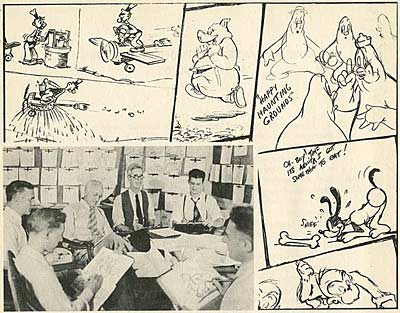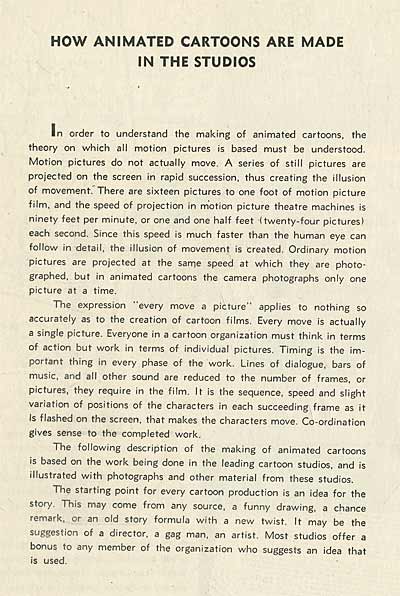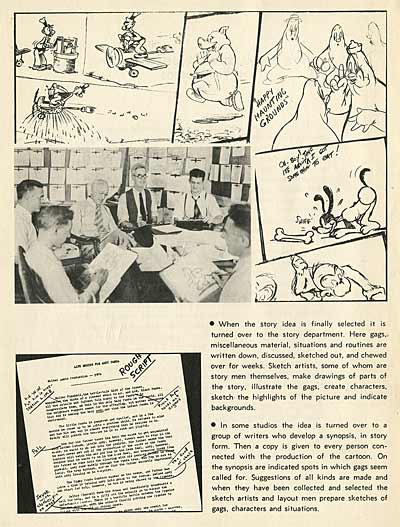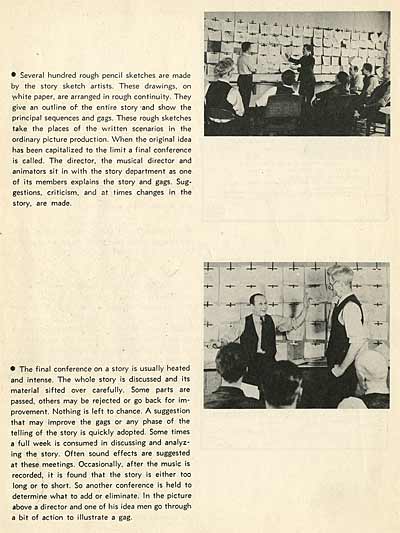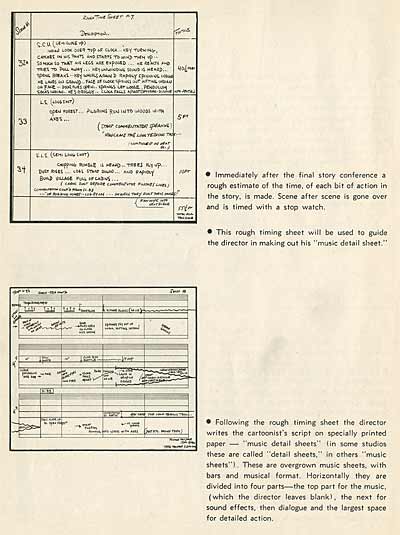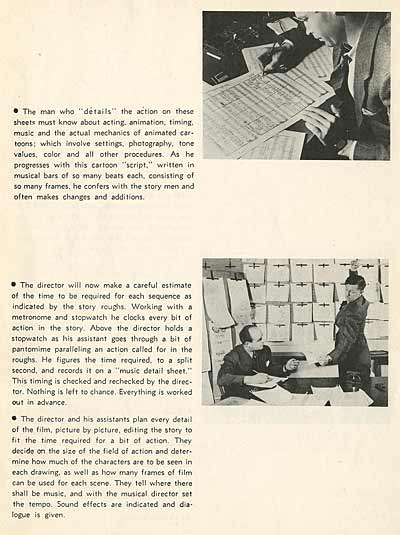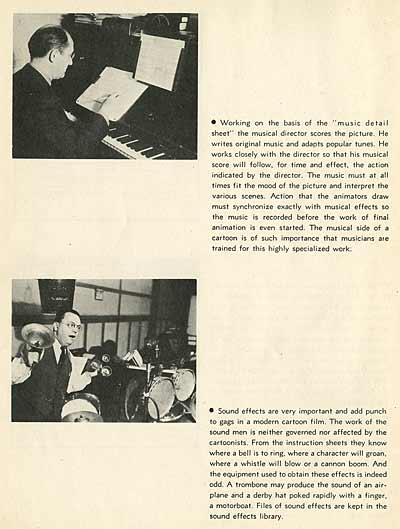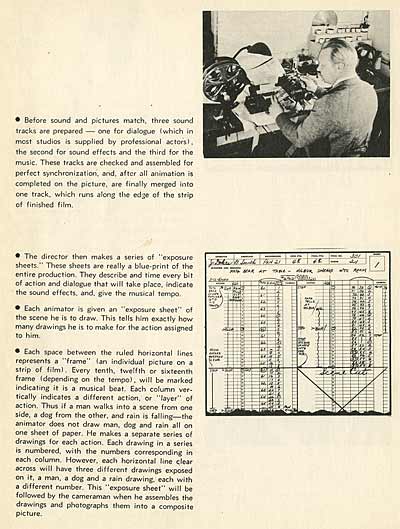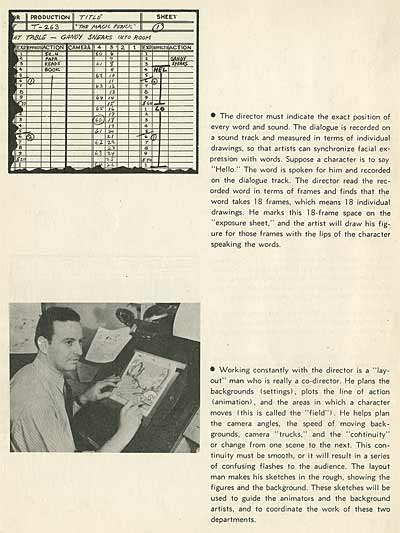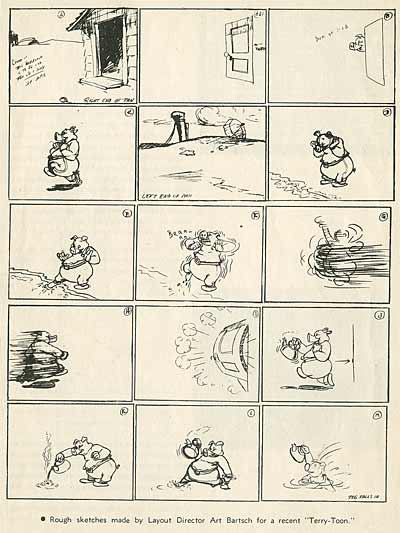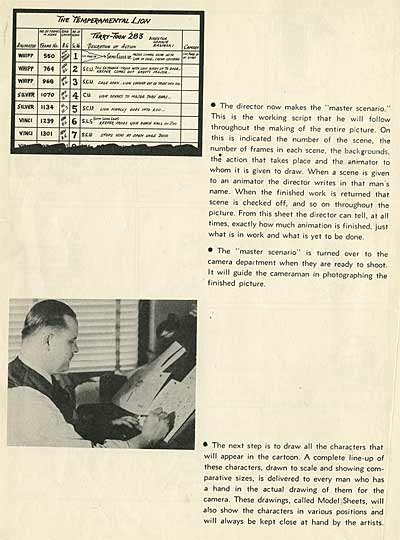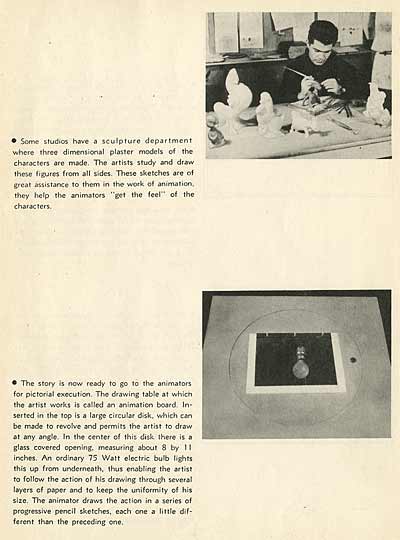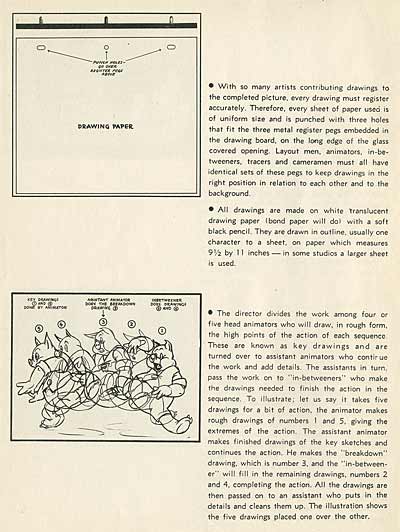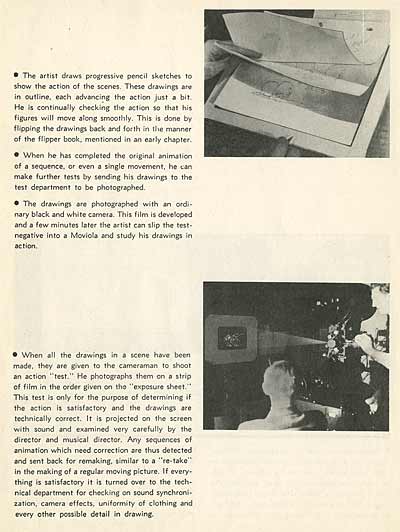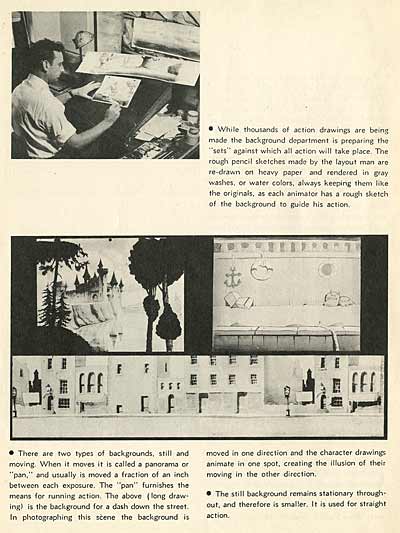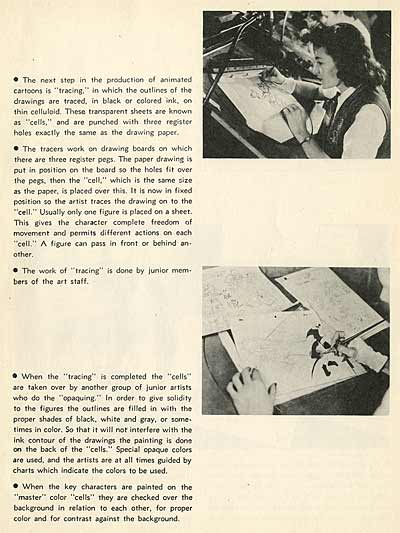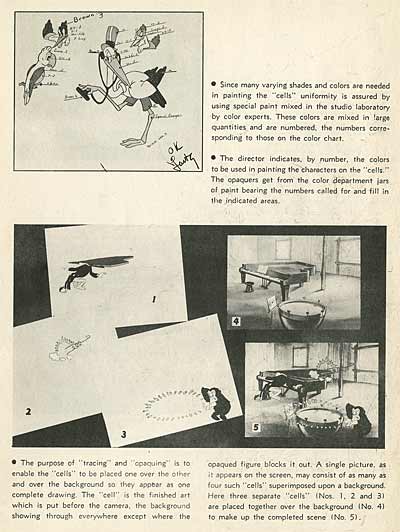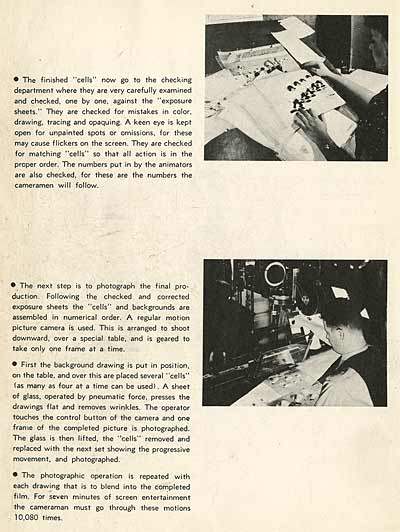
An Unique Point Of View
One of the things I’ve learned about animation history over the years is that you can’t count on general knowledge derived from books to understand the dynamics of the way people worked together. Each person had his own point of view, and you understand the situation better by putting yourself in the head of each participant and understanding their personal motivations and what they saw as the goal.
Likewise, you can’t trust general knowledge derived from books to know what is good and what is bad, or even what the strengths of a studio or artist were. You have to look at the films themselves and compare them and judge them according to a set of criteria designed to reveal the aspect you’re looking for.
When I was in college, I watched every animated film or TV show that I could get my hands on. I ran a VCR constantly. I didn’t judge or analyze, I just watched and absorbed. I tried to expose myself to as many different kinds of films as I could…. from Pluto and Underdog cartoons to Faith Hubley and Oskar Fischenger. After I had a fairly broad frame of reference, I started categorizing things in my head… impressive examples of effects animation, or dialogue driven cartoons, or snappy limited animation techniques. My head was full of all this stuff.
Then I went to work in an animation studio. I learned the dynamics of directors and their crew. I found out about working under deadlines. I began to understand what things were created by one individual and what ones were created by teams. I saw the complex watchworks of interpersonal relationships within a studio- competition, cooperation, personality conflicts. I realized that there isn’t just one point of view, there is a different point of view for every person involved.
Lastly, I started hanging out and talking with the old timers in the industry- picking their brains, getting them to be frank about the people they had known and the work they had done. I spoke to people on opposite sides of the battle lines, and I spoke to people who belonged to no camp other than the love of making animation. I learned a lot of things that will never be written down in books. It gave me the ability to judge and decide what was good and what was bad and where strengths lay.
A big problem with animation history books is they try to make it one unified story- the story of Bugs Bunny, or the story of the Disney Studios. That wasn’t the way the stuff we regard as history was lived though. It was lived by individuals with their own bias and goals and personalities. Some of these individuals really stand out from the rest. They were the catalysts and the ones who pushed the whole thing forward. Probably the most written about influencer in animation was Walt Disney.
I never met Disney. I waved at him once as a child as he drove down Main Street at Disneyland in a antique car. But I knew a lot of people who worked with him closely, and I asked them about him. Some of them loved him, some of them hated his guts, but all of them were talking about the same man. I don’t find that in books. Some books talk about a genius/saint who did everything himself. Others talk about an evil monster who exploited and abused the people working under him. I have no idea who these books are describing. It sure isn’t Walt Disney! Generally, the basic facts of names and dates are correct, but none of them seem to portray at him in the way I learned to see him- through the eyes of the people around him, friend and foe.
There is a biography of the low budget filmmaker Ed Wood called Nightmare of Ecstasy. It was later adapted by Tim Burton to make the film, Ed Wood. I mention it because it is the only book that I’ve ever seen that tells the story of an interesting person solely through bits of interviews from people who knew him. The book is organized into a chronology of events, but the description of the chronology is all from individual points of view cobbled together from a bunch of interviews. The image of Ed Wood projected is vivid and multifaceted and real… more real than anything I read in animation history books.
It’s too late to do that now for Walt Disney. Most everyone who worked with him is dead now. We’re stuck with the largely false image of Uncle Walt perched on the edge of his desk telling us about nature or outer space. I don’t think the average person will ever know who he was, regardless of how many books get written. But maybe the internet and social media will get preserved and someday future historians will cull through our comments on Facebook looking for nuggets of truth about all of US to stitch together into a narrative that is more true than the stuff that’s written in books.
Of course they’ll have to wade through a whole bunch of dumb memes and blather. I’ve been on the internet since the very dawn of the WWW. It’s weird to think that was over 20 years ago. I’ve been on usenet and chat boards and social media that whole time, trying to share things I think are important. Maybe someday it will provide something useful to an internet archaeologist somewhere. I think it’s important to take social media and interaction on the internet seriously. My life may someday be part of someone else’s history.
People often tell me that I should write a book… I think I’m doing something better than that. I’m throwing down breadcrumbs for future historians to follow each and every day of my life. Whether you realize it or not, so are you!
Stephen Worth
Animation Resources









 by
by 
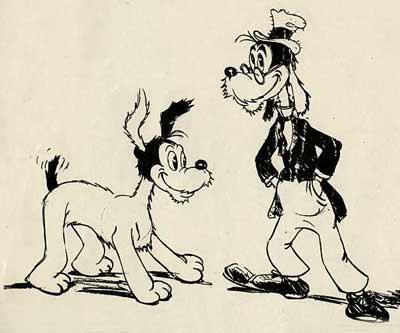
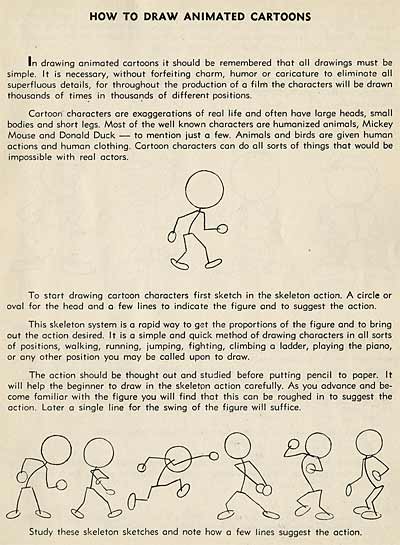
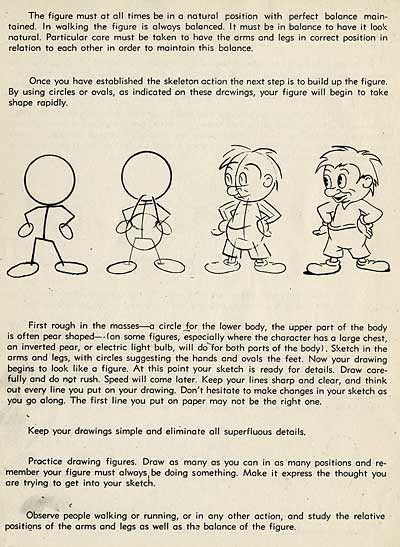
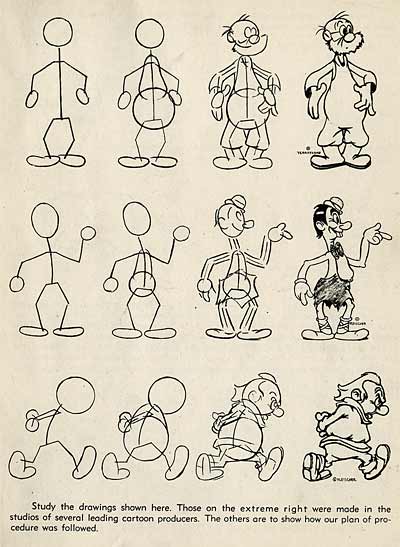
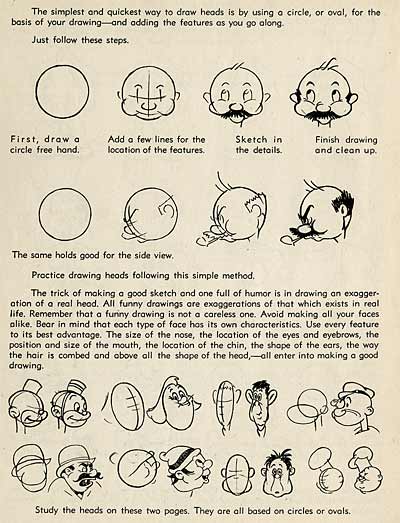
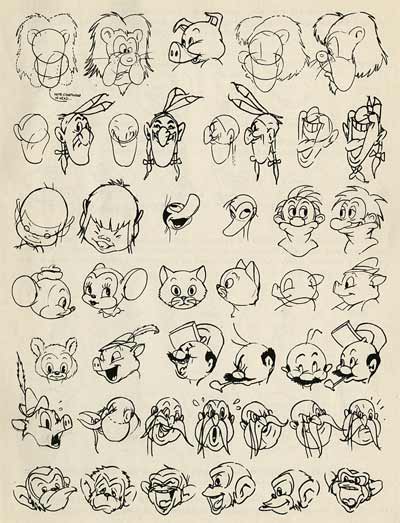
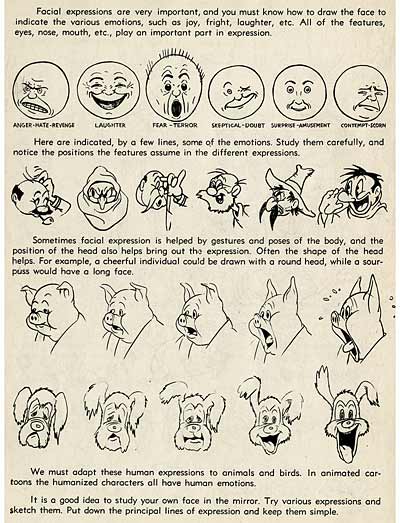
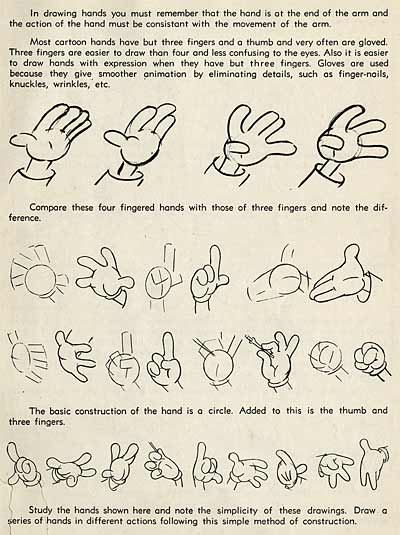
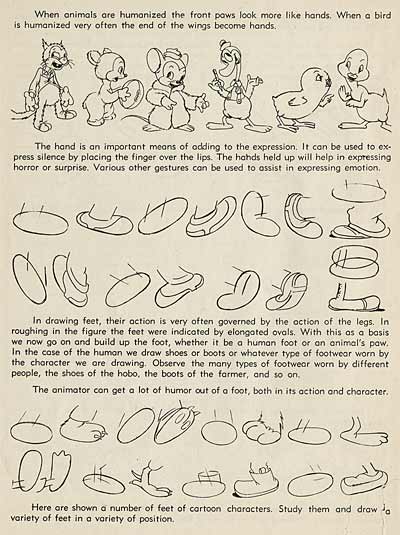
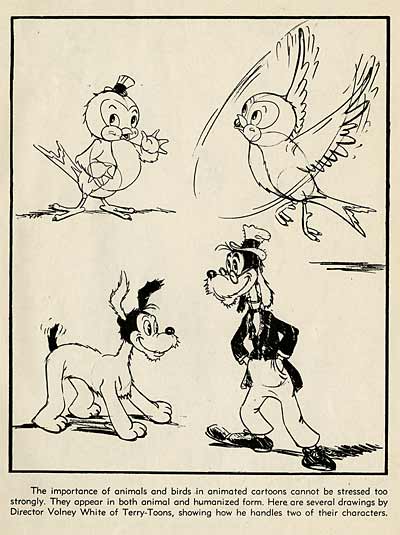
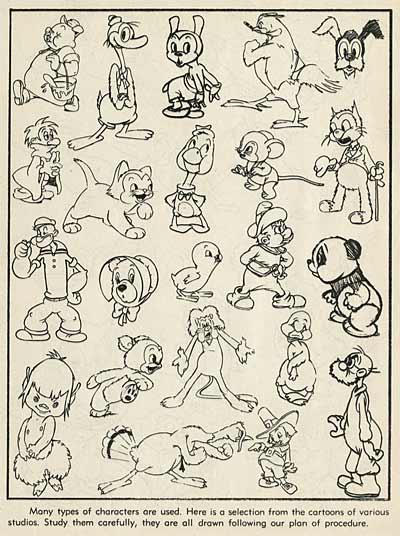
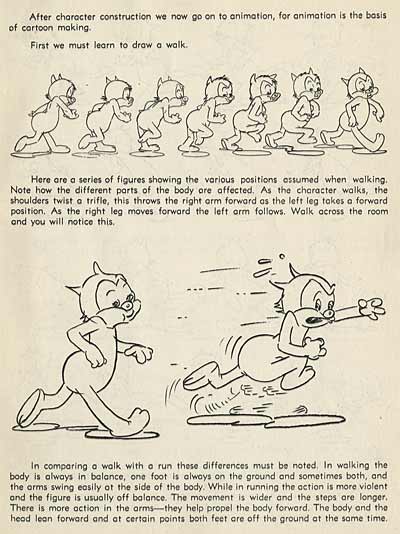
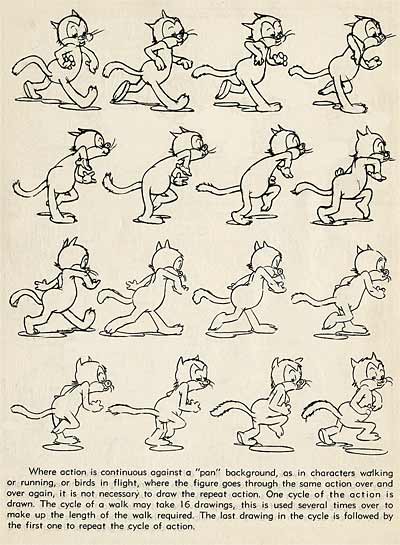
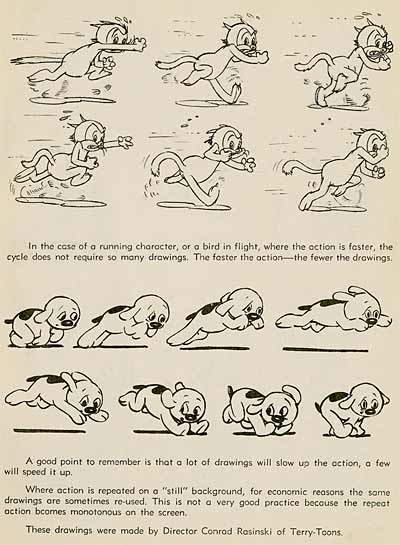
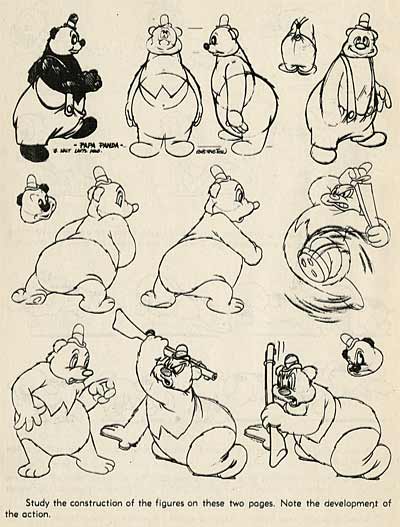
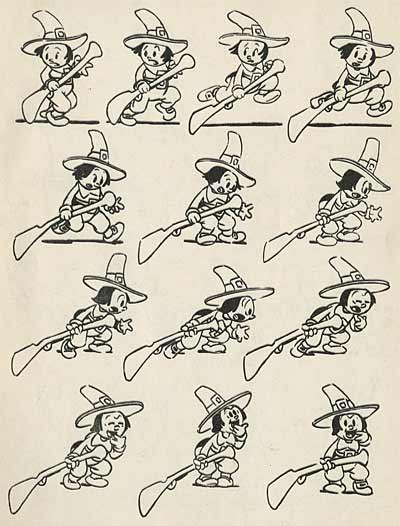
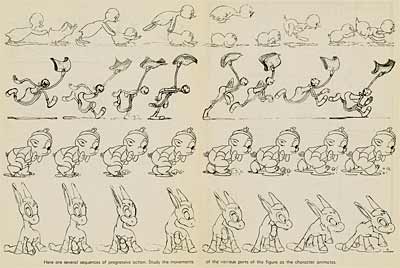
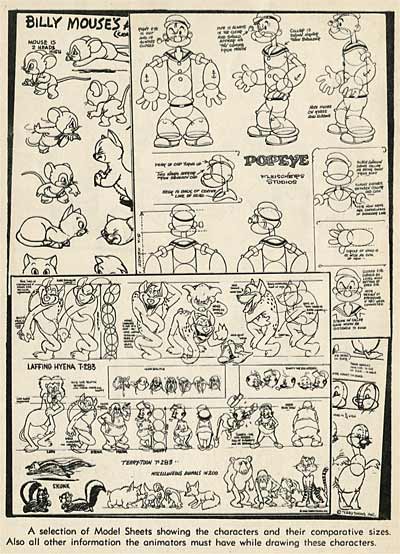
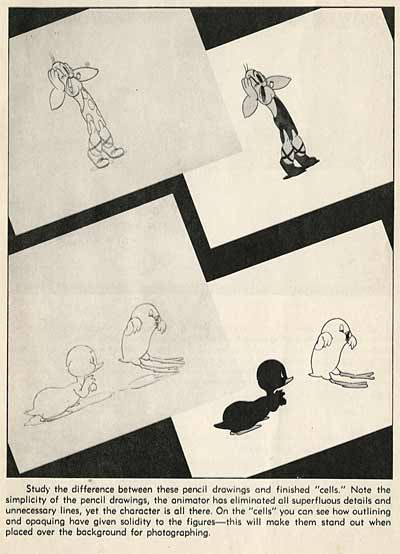
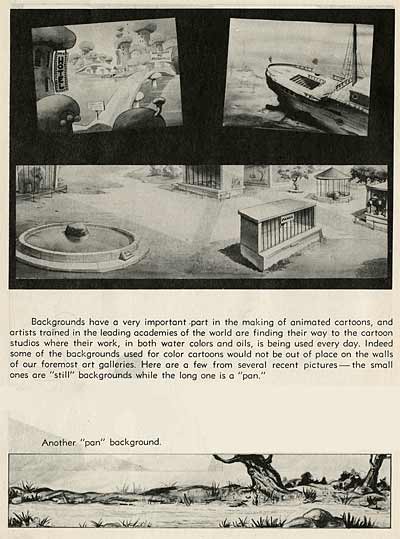
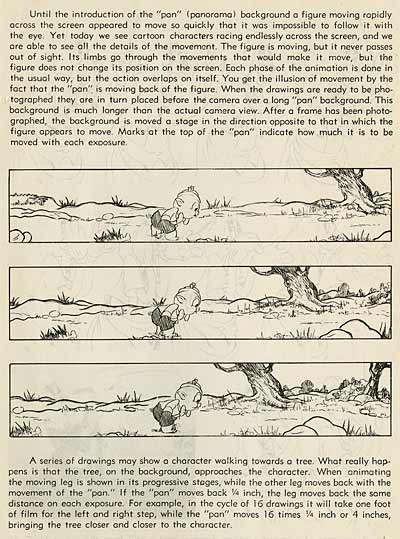
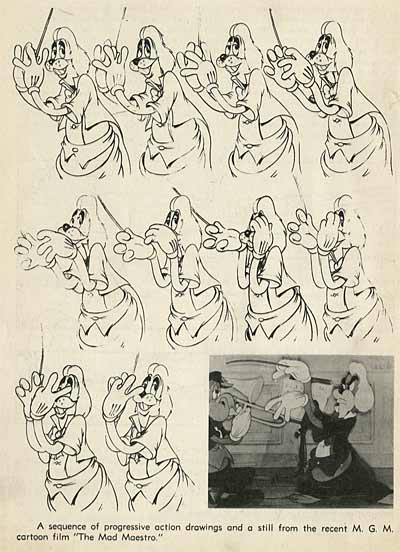
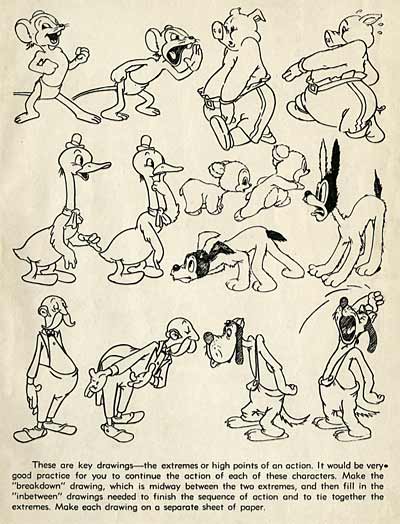
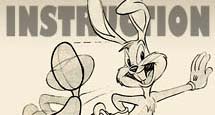
![]()
![]()
![]() Animation Resources depends on your contributions to support its projects. Even if you can’t afford to join our group right now, please click the button below to donate whatever you can afford using PayPal.
Animation Resources depends on your contributions to support its projects. Even if you can’t afford to join our group right now, please click the button below to donate whatever you can afford using PayPal.















